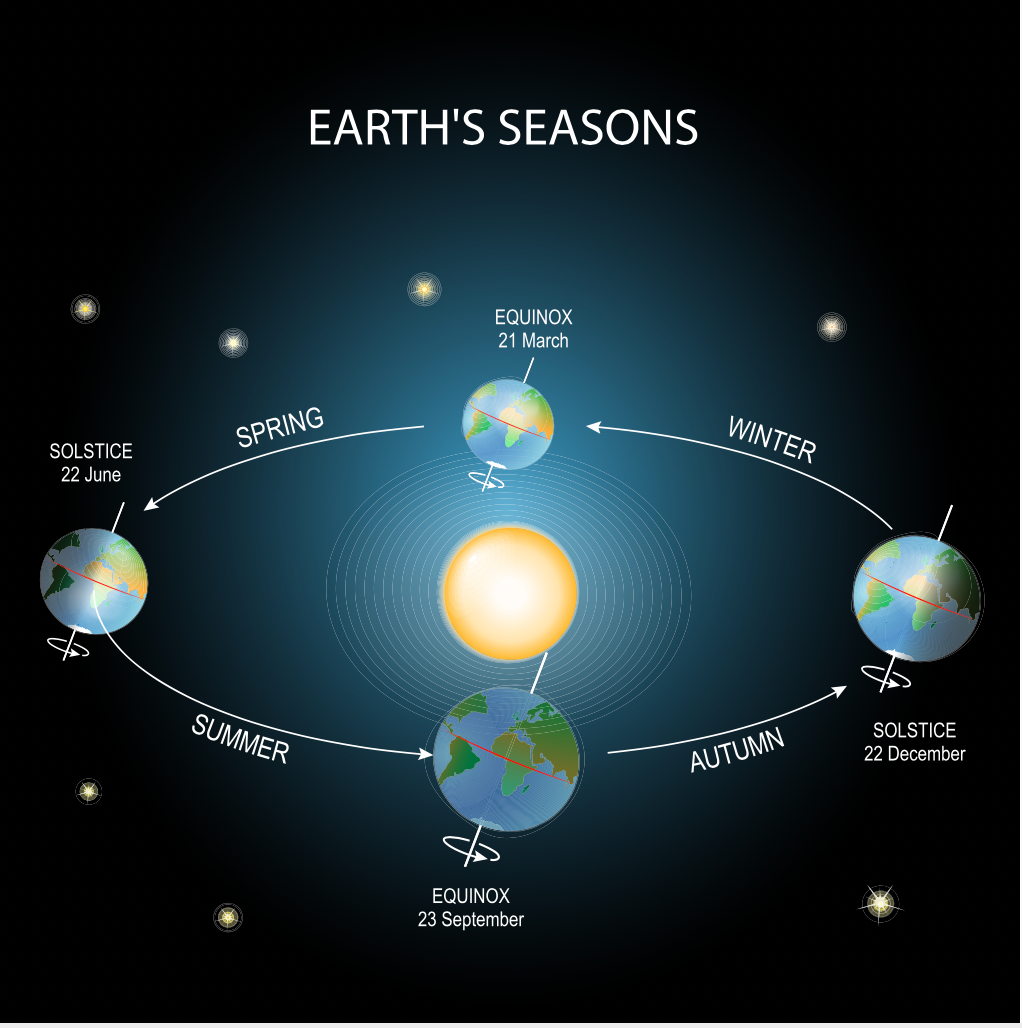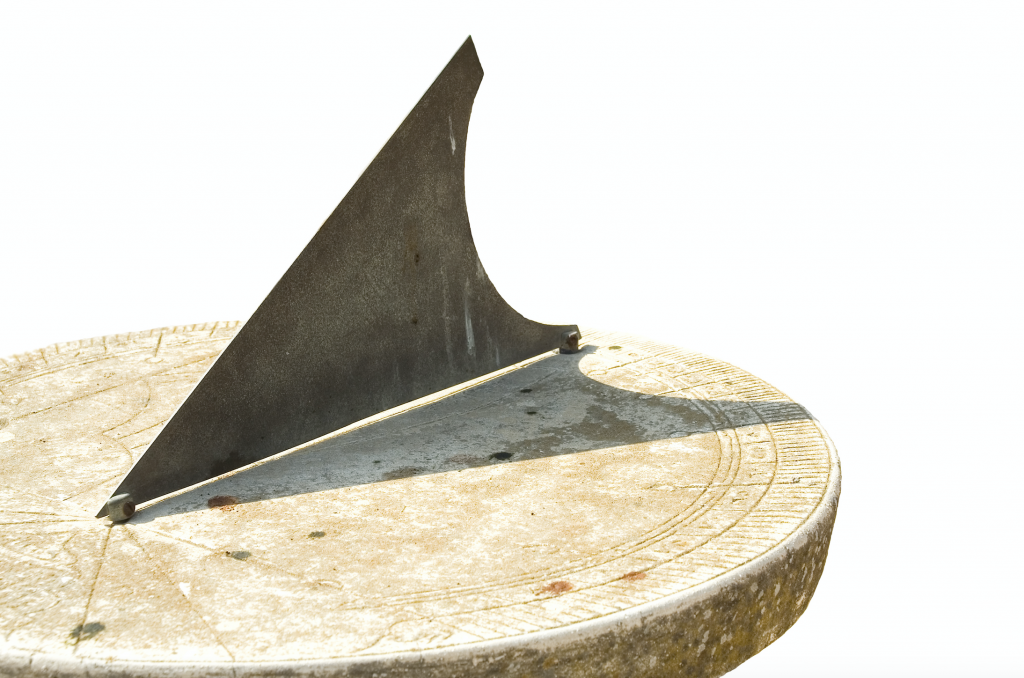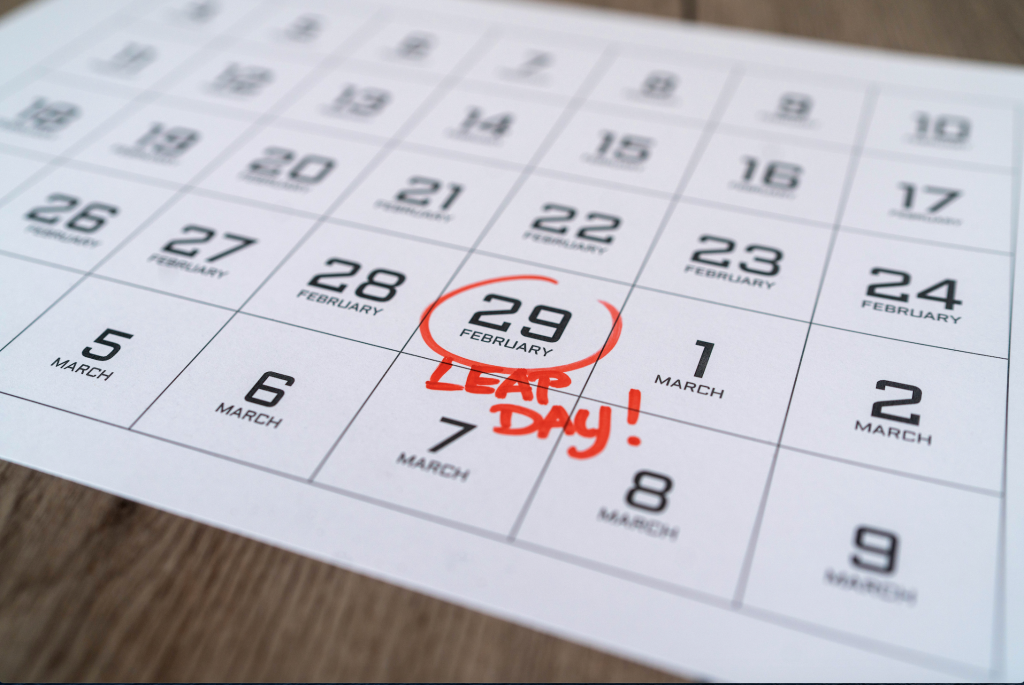
While the modern Gregorian calendar contains 365 days, the actual time it takes the Earth to move around the sun is slightly longer — by about 5 hours, 48 minutes, and 46 seconds. This difference might seem relatively small, but over time, those missing hours add up! To align with the true astronomical year, an additional 24 hours are built into the calendar every four years to make sure that the calendar syncs up with the actual time it takes the Earth to orbit the Sun.
Teach your kids about astronomy with STEM crates! Learn about the constellations in the night sky and then imagine and design your own with Exploring Stars. Create your own solar mobile, complete with a light-up sun in the center with our Solar System crate!

Leap Year’s origins date back to 45 BCE. Before that, the Roman calendar was only comprised of 355 days spread out over ten months. Winter was a vague time period tied to seasonal festivals. By the time Julius Caesar rose to power, the solar year had fallen out of sync. To remedy the situation, the Romans added the winter months of January and February and, taking inspiration from the Egyptian solar calendar, extended the number of days in the year to 365. Then, in consultation with the Egyptian astronomer Sosigenes, Julius Caesar made another big change: He added an extra day (February 29th) to every fourth year.
Then in the 16th century, scholars noticed that Easter, which is traditionally tied to the spring equinox, was off by roughly ten days. (The spring equinox is one of two moments in the year when the Sun is exactly above the equator, and day and night are of equal length.) After doing some calculations, scholars realized that–even after the addition of Leap Year–the calendar was still out of alignment— this time by 11 minutes!
To make up for the this discrepancy, the calendar was altered again, keeping Leap Day but abolishing it on century years not divisible by 400. (For example, the years 1600 AD an 2000 AD were leap years but 1800 AD, and 1900 AD were not.) This new version became known as the Gregorian Calendar (named after Pope Gregory the VIII) and is current calendar that most of the world uses today.

But it’s still not perfect! The Gregorian calculation of a the length of a solar year — 365.2425 days — is still a tiny bit off. Does this means that astronomers will need to alter the calendar again in the future? Because the discrepancy only adds up to one day approximately every 3000 years, the current calendar should work for a while!
Looking for more ways to introduce young learners to science? Check out our hands-on STEM kits for kids! They’re delivered monthly, and they bring the perfect mix of joy and learning!